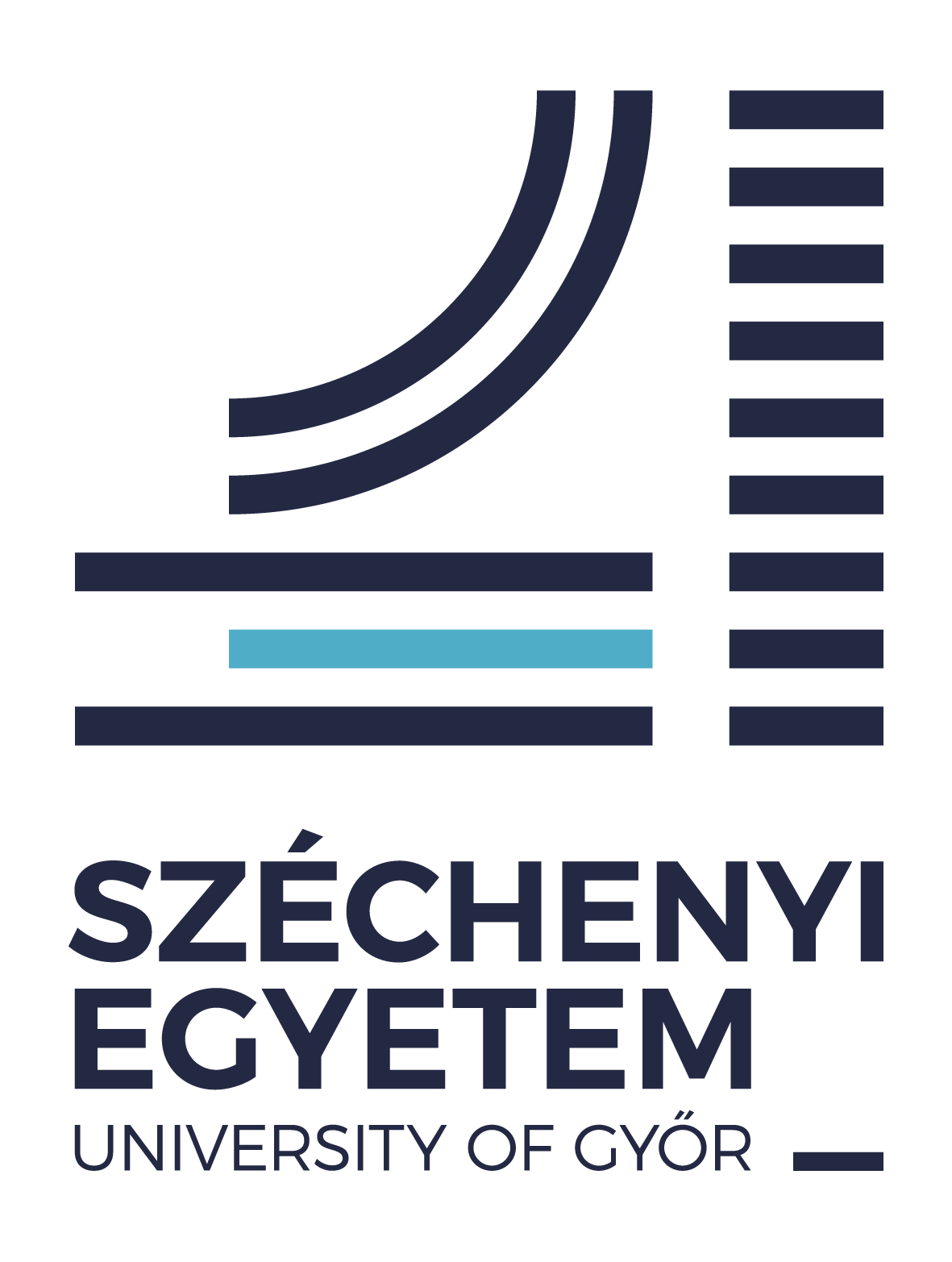Investigation of the Structural and Mechanical Properties of PET for the Development of Hydrogen Storage Tank Liner Materials
DOI:
https://doi.org/10.14513/actatechjaur.00790Keywords:
PET, heat treatment, crystallinity, tensile strength, DSC analisys, hydrogen storage, liner materialAbstract
The aim of this study is to investigate the structural and mechanical properties of PET-based materials for potential use as liner materials in high-pressure hydrogen storage tanks. The research focuses on the effect of post-heat treatment, which influences the crystallinity of PET and, consequently, its mechanical behavior. Standardized specimens produced by injection molding were heat treated at 120 °C and 150 °C for different durations (5, 10, 15, and 30 minutes), followed by rapid quenching in ice water to stop the crystallization process. The degree of crystallinity was determined using differential scanning calorimetry (DSC), while mechanical properties were evaluated through tensile testing. According to the results, higher heat treatment temperature significantly increased the crystallinity and improved the tensile strength, while reducing elongation. Based on the findings, the optimization of heat treatment parameters offers an opportunity to fine-tune the properties of PET, and may serve as a basis for future gas barrier and permeability studies.
Downloads
References
H. Barthelemy, M. Weber, F. Barbier, Hydrogen storage: Recent improvements and industrial perspectives, International Journal of Hydrogen Energy 42 (11) (2017) pp. 7254–7262. https://doi.org/10.1016/j.ijhydene.2016.03.178
J. Pepin et al., Determination of key parameters responsible for polymeric liner collapse in hyperbaric type IV hydrogen storage vessels, International Journal of Hydrogen Energy 43 (33) (2018) pp. 16386–16399. https://doi.org/10.1016/j.ijhydene.2018.06.177
D. I. Kis, A. Bata, J. Takács, E. Kókai, Mechanical Properties of Clay-Reinforced Polyamide 6 Nanocomposite Liner Materials of Type IV Hydrogen Storage Vessels, Nanomaterials 14 (17) (2024) p. 1385. https://doi.org/10.3390/nano14171385
M. L. Di Lorenzo, Crystallization of Poly(ethylene terephthalate): A Review, Polymers 16 (14) (2024) 1975. https://doi.org/10.3390/polym16141975
B. Smith, L. M. Anovitz, G. Ordaz, N. Stetson, IV-154 DOE Hydrogen and Fuel Cells Program FY 2013 Annual Progress Report DOE Managers Overall Objectives Fiscal Year (FY) 2013 Objectives, 2008.
H. Kanesugi, K. Ohyama, H. Fujiwara, S. Nishimura, High-pressure hydrogen permeability model for crystalline polymers, International Journal of Hydrogen Energy 48 (2) (2023) pp. 723–739. https://doi.org/10.1016/j.ijhydene.2022.09.205
P. G. Karagiannidis, A. C. Stergiou, G. P. Karayannidis, Study of crystallinity and thermomechanical analysis of annealed poly(ethylene terephthalate) films, European Polymer Journal 44 (5) (2008) pp. 1475–1486. https://doi.org/10.1016/j.eurpolymj.2008.02.024
S. M. Cho, K. S. Kim, W. Kim, S. J. Choi, Application of PET as a non-metallic liner for the 6.8 L type-4 cylinder based on the hydrogen cycling test, International Journal of Hydrogen Energy 47 (10) (2022) pp. 6965–6973. https://doi.org/10.1016/j.ijhydene.2021.12.061
S. Yao, D. Hu, Z. Xi, T. Liu, Z. Xu, L. Zhao, Effect of crystallization on tensile mechanical properties of PET foam: Experiment and model prediction, Polymer Testing 90 (2020) 106649. https://doi.org/10.1016/j.polymertesting.2020.106649
K. Sugeno H. Saito, Change in Concentration of Amorphous Region Due to Crystallization in PTT/PET Miscible Blends, Polymers 16 (16) (2024) 2332. https://doi.org/10.3390/polym16162332
J. Hadač, P. Slobodian, P. Sáha, Volume relaxation in amorphous and semicrystalline PET, Journal of Material Science 42 (11) (2007) pp. 3724–3731. https://doi.org/10.1007/s10853-006-0378-z
Downloads
Published
How to Cite
Issue
Section
License
Copyright (c) 2025 Acta Technica Jaurinensis

This work is licensed under a Creative Commons Attribution-NonCommercial 4.0 International License.







